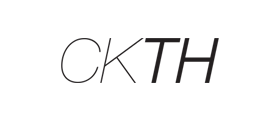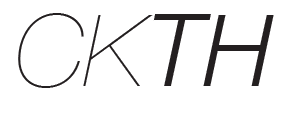BY JORDAN DINARDO

Deliberate or not, your seafood purchases reveal your position on sustainable fisheries. What do your seafood purchases reflect?
My name is Jordan DiNardo and I am a PhD candidate at Scripps Institution of Oceanography studying fisheries ecology. Much of my research leverages quantitative tools to help inform fisheries management. More recently I’ve been exploring this field with an interdisciplinary approach and investigating awareness around sustainable seafood. These are my stories.
To begin: You are what you eat. These five simple words have repeatedly been strung together through time to denote a collection of disparate agendas from health to cultural identity. This phrase further demonstrates its versatility when considering sustainability. Sustainable food production uses processes and systems that value the environment, economy, and society today and into the future for generations to come.
Wild-caught fisheries is one such method of (sea)food production that helps to source protein. The sustainability of wild-caught seafood products typically refers to the origin and impact of the fishery that sourced the product. Those products that come from healthy fish stocks with minimal impacts on other marine wildlife as well as the environment are generally considered to be sustainable seafood products and can typically be seen in supermarkets with an ecolabel to prove it. Seafood ecolabels have been introduced as an indicator of sustainable seafood choices for consumers to easily make environmentally informed decisions.
Consumers hold an influential role in driving change in the sustainability of the seafood industry. The demand for more sustainable seafood can encourage more and more fisheries to demonstrate sustainable fishing practices and seek ecolabel certification. What do your seafood choices reflect?


![[FEAT] MICHAEL JORDAN DUNKING ON PATRICK EWING](http://ckth.com/cdn/shop/articles/Screen_Shot_2025-02-01_at_1.06.24_PM.png?v=1738433248&width=480)
![[FEAT] SHINUK SUH](http://ckth.com/cdn/shop/articles/shinuk-suh-2.jpg?v=1723257122&width=480)